FILM.
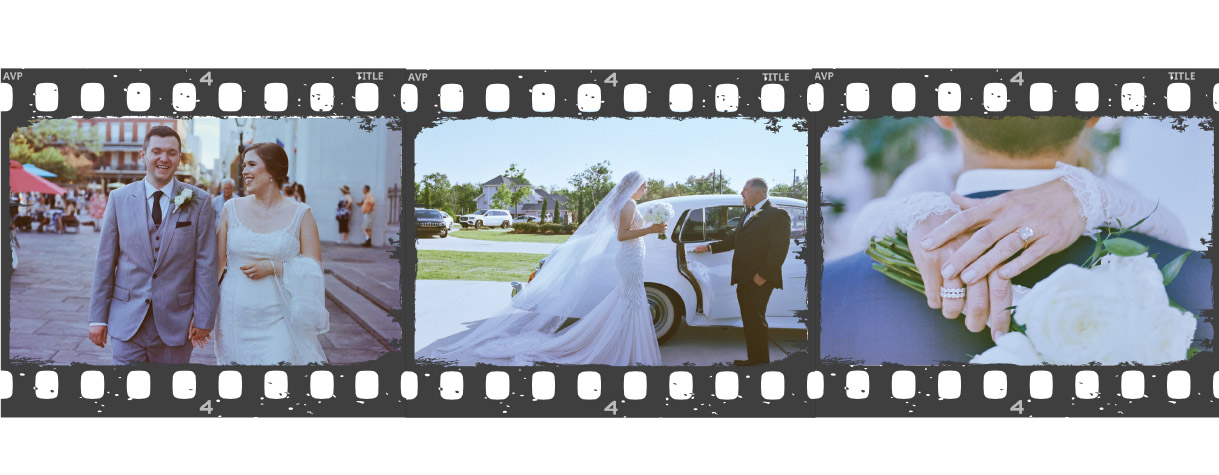 WRITTEN + PHOTOGRAPHS BY: Andrew Alwert | CONTRIBUTING WRITER: Maria Frischling
WRITTEN + PHOTOGRAPHS BY: Andrew Alwert | CONTRIBUTING WRITER: Maria Frischling
Even in this current digital age, people are falling in love with film photographs, making film the hottest trend in wedding photography right now.
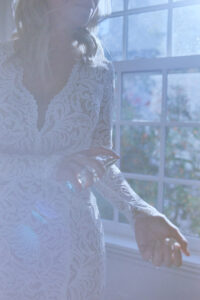
There is an indescribable quality to film that is unique in the feelings and emotions it conveys. The relationship film has with the viewer affects their connection with the images in a very tangible way. A good film photographer has the ability to move the viewer closer to the memory and raw emotions of a specific moment in time using film’s perfectly imperfect aesthetic.
Now considered fine art, film photographs possess a tangible quality because of their grain, colors, texture, and framing, which enhance the emotional connection to the scene happening right in front of the lens. The ability to produce a great image has become so easy today with smartphones or amateur point-and-shoot cameras. However, the timeless experience of connecting a viewer to a singular moment in time, through the lens, requires the tangibility of a negative, the rawness and technically incorrect aspects of a film camera. It is pure magic.
When a photographer looks through the viewfinder of a film camera and decides to snap a shot, something magical happens. The entire world slows down. Breath becomes intentional, movements are deliberate. The moment being captured in front of the lens feels momentarily frozen in time. Film photographers must engage with these moments organically, while also contemplating so many other factors such as light, composition, motion, and emotion. Each image created on film has a unique story behind it—one that is attained through careful consideration to each elemental step: removing the dark slide, manually focusing and exposing, making sure the film is advancing properly, selectively opening the shutter, and staying conscious about making the limited film shots COUNT!
“Each image created on film has a unique story behind it—one that is attained through careful
consideration.”
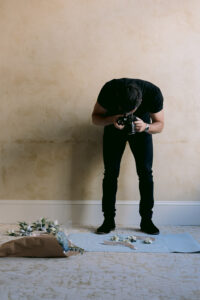
While digital photography has come a long way in perfecting the look of an image and making it easier for photographers to get the “PERFECT SHOT,” film is not about perfection. On film cameras, there are no reference monitors to confirm that the exposure and focus are accurately set; there are no automatic settings. There is no guessing with shooting film—you have to know what you’re doing. This artistic medium requires a high level of skill, experience, and consciousness. For this reason, the margin for error is so much higher when shooting film, which makes the reward that much greater. Of course, mistakes can be made. Photographs can be out of focus, underexposed or overexposed, which cannot be fixed in post-production. Yet, these perfectly imperfect mistakes are the essence of film and what differentiates it from picture-perfect digital.
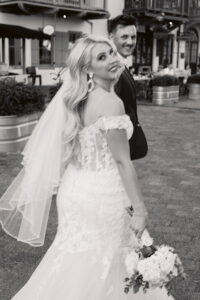
The invention of the film camera traces back to the 18th century; yet, there was a turning point at the beginning of the 21st century when digital photography made a monumental surge moving film cameras to the back seat. This surge created a paradigm shift in how to approach photography. The ease of use and automatic settings of a digital camera allowed for an explosion of new photographers.
Digital cameras provided a much higher picture count and rear LCD screens, which allowed photographers immediate gratification or correction of a shot and thereby reduced the margin of error. Storage of digital files took up less physical space and were able to be distributed seamlessly via email and text message. Despite these clear advantages, digital images often lack depth and tangibility. The subjects look flat in comparison to the depth of a film negative.
Depth is what gives film so much existence. A film image places the viewer right back in the scene of the photograph, which is the reason that film is inherently nostalgic.
“A film image places the viewer right back in the scene of the photograph, which is the reason that film is inherently nostalgic.”
Wedding photos are meant to evoke feelings of nostalgia because of the nature of the event, and the significance behind the celebration. Unlike digital photography, film photography has the character and integrity to match the energy of such an occasion.
Personally, I like the idea of shooting a wedding in both mediums (film and digital), leaning heavily into digital for documentation and film to create art. What is important when hiring a photographer, regardless of what medium resonates with you, is how the photographer is managing and archiving the photographs. The process of handling digital files versus film negatives is very different.
For example, with film, a tangible negative will always be the source of the original image; whereas with digital, the original image lives on a hard drive or in cloud storage. Film negatives are now scanned into a digital file creating a duplicate copy of the image (both tangible and digital).
Clients are obviously concerned with the safety and protection of their wedding photos for years beyond the wedding date, so making sure these images are safe should be a top priority.
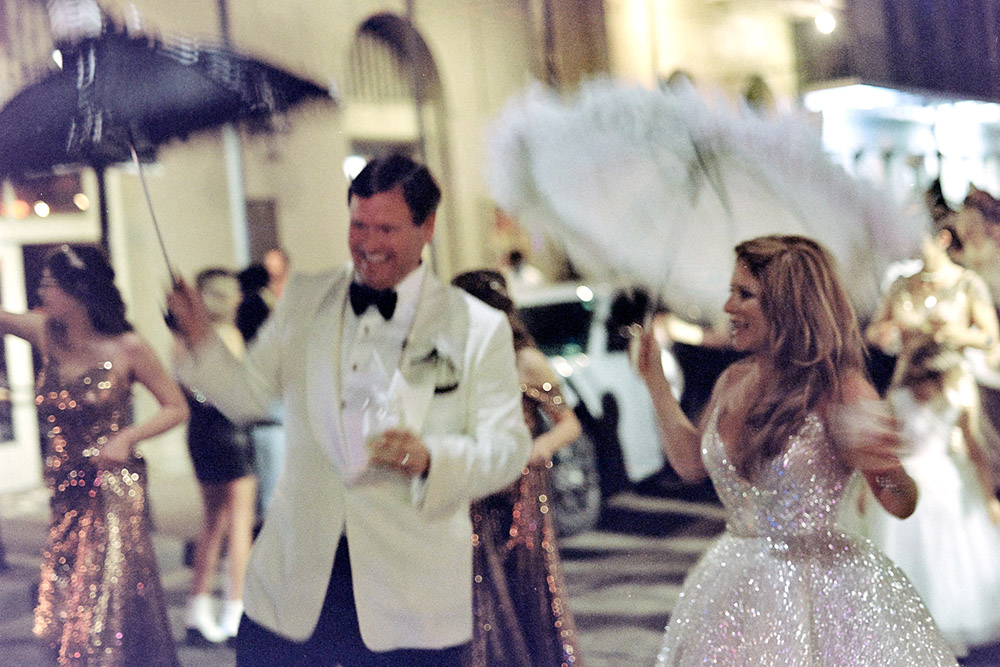 Another consideration is the desired style of the end product. Over-processed digital images lose integrity and are restricted by the whims of digital technology.
Another consideration is the desired style of the end product. Over-processed digital images lose integrity and are restricted by the whims of digital technology.
A film negative, however, lives in the real world. Properly processed film negatives do not require any real post processing and can be made into large-formatted prints without compromising image quality.
In the end, the goal is always to provide clients with a gallery of images that represents their day as it truly was, in the most authentic, creative way.
I’ve been in the wedding photography industry for over 40 years, having been raised by parents who documented thousands of weddings in the New Orleans area. My mother used to tell me, “there’s nothing like the integrity of a film image. It is true to life.”
As a child, being born in film but living in digital, my passion for film photography is rooted in my time loading film backs and counting shots when shooting weddings with my dad before the age of 12. I learned from my dad at a very early age that having a working knowledge of a camera and being present with the subject is such an important skill for any type of photographer. My parents used to tell me, “make them love a picture before they see a picture.” This is something I never forget!
Photography is a craft which requires more than just a working knowledge of a camera. It requires an ability to connect with the couples, the families, the planners, and other artists/vendors involved in order to tell the most compelling story of any wedding.
Film is here to stay, but at a premium. The experience needed, along with the rising costs of acquiring and developing film, are making it a niche market that only some people may feel connected to, or are able to afford.
So, on your wedding day, whether you decide to hire a digital photographer, a film photographer or a photographer who can provide you with both mediums, make sure you invest in a professional.
Look beyond a few great photos on a website or an Instagram feed and search for a professional that fully understands all aspects of providing first class service, a great product and a fool proof archival system of your images.
Digital photography isn’t going anywhere, but neither is film.
 about the author
about the author
Andrew Alwert is a professional photographer based in New Orleans, Louisiana.
Andrew has spent more than 30 years perfecting his craft and offers both film and digital photography for his wedding clients.
Learn more about Andrew at: andrewalwertstudios.com
Related Posts
- Like
- Digg
- Tumblr
- VKontakte
- Buffer
- Love This
- Odnoklassniki
- Meneame
- Blogger
- Amazon
- Yahoo Mail
- Gmail
- AOL
- Newsvine
- HackerNews
- Evernote
- MySpace
- Mail.ru
- Viadeo
- Line
- Comments
- SMS
- Viber
- Telegram
- Subscribe
- Facebook Messenger
- Kakao
- LiveJournal
- Yammer
- Edgar
- Fintel
- Mix
- Instapaper
- Copy Link

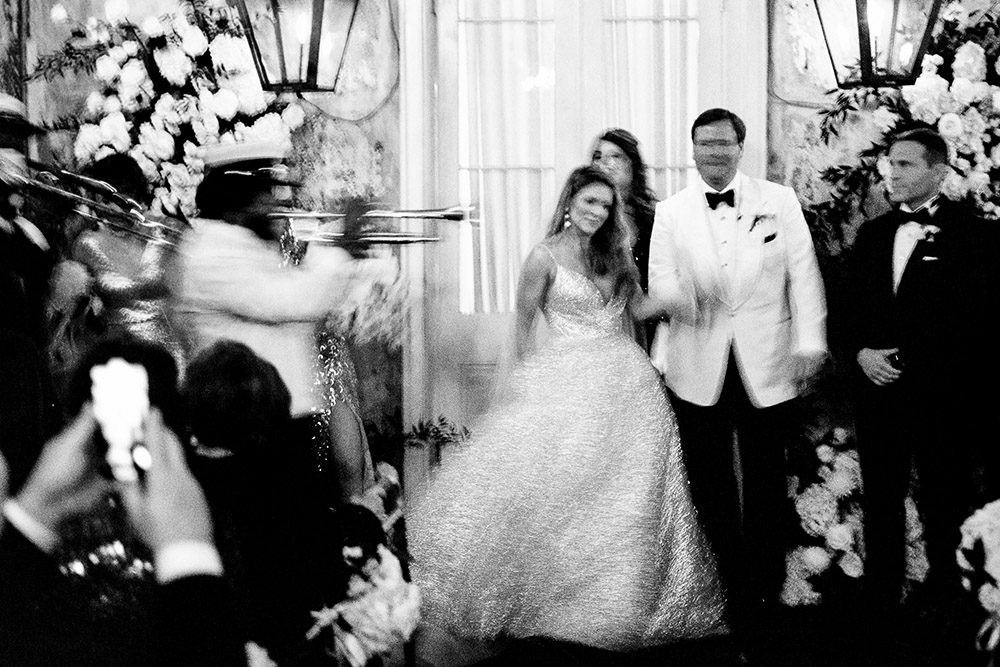


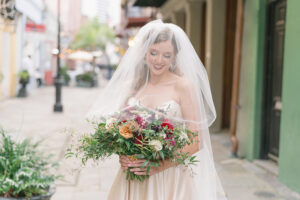
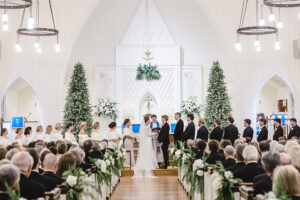
Comments (0)